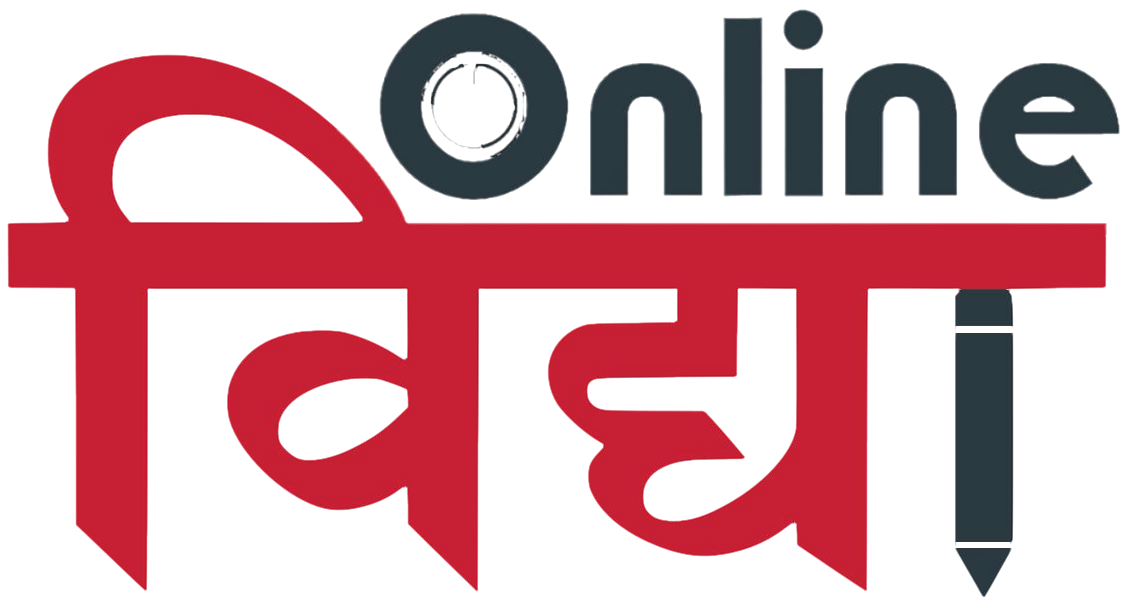Specializations
Courses Available
Courses
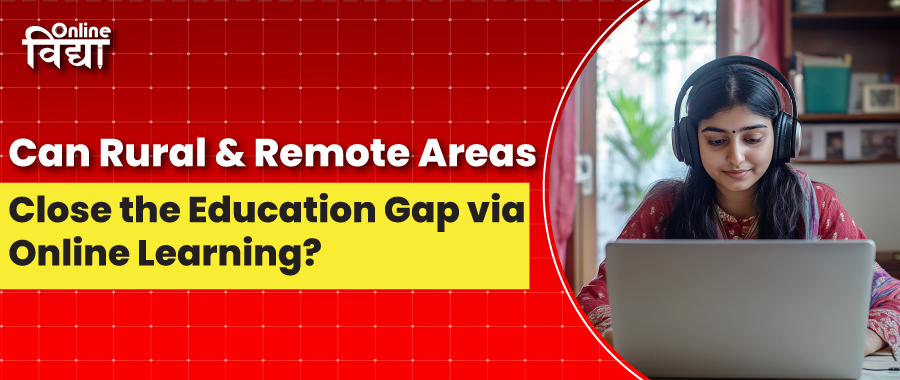
Can Rural and Remote Areas Close the Education Gap via Online Learning?
Can Rural and Remote Areas Close the Education Gap via Online Learning?,Jul 08, 2025
Information
Jul 08, 2025
946 Views
- Share:
Remote and rural areas of India have always faced challenges in the field of education, including no access to quality schools, the absence of teachers, poor infrastructure, and socio-economic constraints. Online education has now become a viable option, particularly in the times that have followed the COVID-19 pandemic. But can online learning narrow the education gap in rural and remote areas? Let's explore this in depth.
Millions of young people in rural India lack access to a good general education. Some cannot access online learning because of the digital divide, disproportionate access to technology, internet connectivity, and digital literacy. For instance, internet penetration is much lower in rural compared to urban regions, and there are villages in the state of Odisha with no cellphone coverage, let alone basic. This makes it very hard to access resources for contemporary education.
Advantages of Online Learning
1. E-learning is access to professional teachers
Talented teachers from any part of the country and even overseas can be accessed by rural students via internet-based websites. For example, school students in a village close to Lucknow acquired English from a teacher in Chandigarh via the Internet, which improved their learning and confidence level.
2. Broader Range of Subjects
Students are able to learn from modern sources in science, languages, mathematics, and other subjects through e-learning. Rural students are being offered new opportunities with programs such as Uttar Pradesh's "Pahal" scheme, which provides high-quality online courses to government schools through IIT Kanpur.
3. Practicality and Adaptability
Children are also able to learn at their convenience and their rate with online learning, and this is especially valuable to those who cannot report to class regularly due to distance or family obligations.
4. Solving the Teacher Shortage
Online education can bridge India's more than one million teacher shortage by implementing digital teachers and online educational materials.
Major Challenges
1. The Digital Divide
Limited access to stable computers, cell phones, and the internet is the biggest obstacle. Fewer than one-quarter of residents in most rural communities own the devices and internet connections necessary for online learning.
2. Inequality of the Economy
The majority of families are unable to afford smartphones, tablets, or data bundles, thereby excluding their children from online learning.
3. Training of Instructors
The success of online learning is hindered by the fact that many rural teachers are not well-versed in computer programs and Internet teaching practices.
4. Impact on Society
As children are held back and diverted from attending school, extended school closures and limited e-learning could lead to an increase in child labor, child marriage, and violence.
Initiatives from the Government and the Community
The "Pahal" Scheme of Uttar Pradesh:
With an aim to cover 40,000 schools, the state government has started offering free online courses in 10 government schools in association with IIT Kanpur. Rural students are offered advanced science and mathematics education under the scheme.
Village Connection Foundation:
This charitable foundation offers good-quality online learning by linking rural children with expert teachers from all over India and the world.
State and Private Initiatives:
Rajasthan, Madhya Pradesh, and Odisha states are also introducing a series of digital education initiatives for rural children.
Currently, Active Initiatives Run by the Central Government
DIKSHA & PM eVIDYA: Both are digital initiatives taken by the Indian government with the aim to offer online learning for classes 1 to 12, and the PM E-vidya scheme was launched under the Atmanirbhar Bharat Abhiyaan to focus on multi-mode access through digital, online, and on-air platforms.
SWAYAM (Study Webs of Active-learning for Young Aspiring Minds): It is an initiative taken by the Government of India to enhance the new Education Policy through access, equity, and quality. There are various motives for this program, such as to offer the best teaching and learning resources to all.
NDEAR (National Digital Education Architecture): It is a popular government initiative launched by the honorable Prime Minister Narendra Modi in the year of 2021, which is still currently active to enhance the quality of digital education in India.
Pradhan Mantri Kaushal Vikas Yojana (PMKVY): Also known as Skill India, it is a national mission launched by the Indian government in 2015 to train which is still active for the financial year 2022- 2026, to certify the Indian youth in various job roles. The primary objective of this scheme is to enhance the industry-related skills among indian youth to make them job-ready and enable them towards a better livelihood.
The Road Ahead
Revolutionizing rural learning through online learning is feasible, but only if the digital divide is closed. What is to be done is the following:
Expand Access to Electricity and the Internet: Make sure all villages have access to dependable electricity and the Internet.
Low-Cost Devices: Give students relatively low-cost tablets, cell phones, and data plans.
Teacher Training: Offer rural teachers online instructional materials and digital content.
Hybrid Model: Blend online and offline learning to provide learning opportunities for children who lack access to electronics or the internet.
In conclusion, since it is flexible in learning, has broad fields of study, and has quality instruction, online learning can potentially bridge the education gap in rural and remote communities. Its success, however, depends on bridging the digital divide, reducing the cost, making the technology more accessible, and preparing teachers for use in digital classrooms. Regardless of where they live, all children can have access to a good education and a better life if society, the state, and the private sector work together.
FAQs
Q1. Do rural kids benefit from internet learning?
Yes, online education can give rural children access to various courses and trained teachers if there is enough equipment and internet.
Q2. What is the toughest job?
The biggest obstacle is the digital divide, including the lack of devices, the internet, and digital skills.
Q3. What is the action the government is taking?
To bridge the gap, some states are providing digital education, free online study, and low-cost equipment.
Q4. Is the problem of the teacher shortage resolvable with online learning?
Distance learning addresses the shortage of teachers by allowing professionals from anywhere to teach rural students.
Q5. Are schools substitutable with internet-based learning?
No, social life in a school, physical studies, and one-on-one teaching are not substitutable, especially for small children. Online educational services are a good addition to educational training in a classroom, but not a substitute.
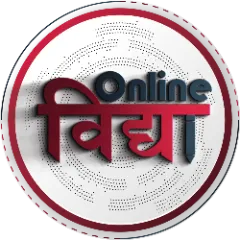
Meet Our Counselling Experts
Get 100% Free Career Counseling


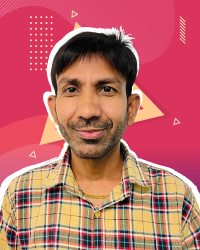

PlacementPartners







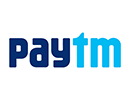


Schedule Your 30 min Couselling Session With Today!!
Select a Date of your choice :
You Have Selected Slot on .
